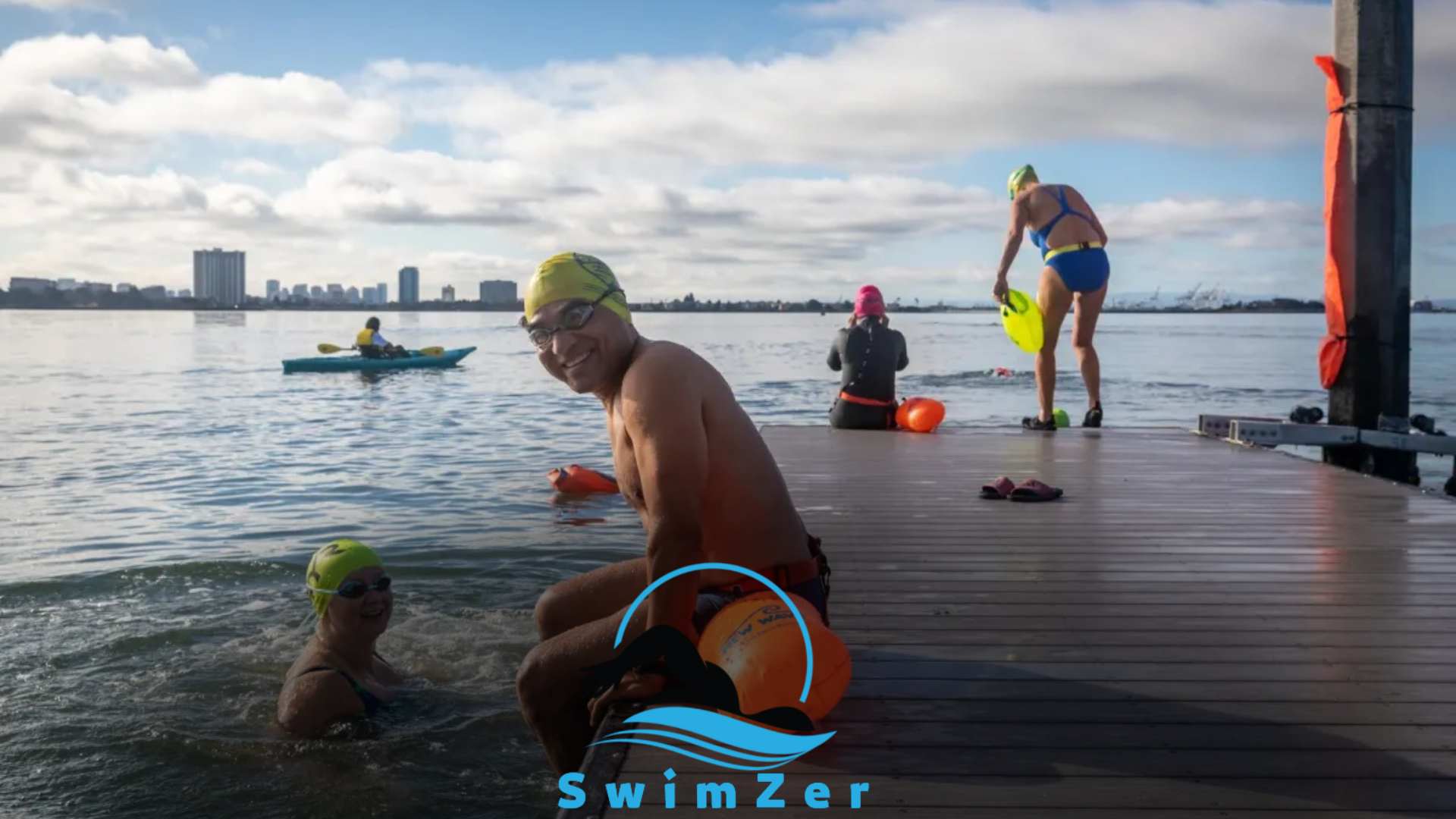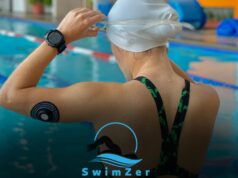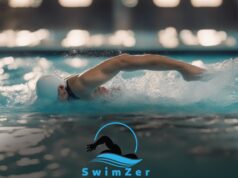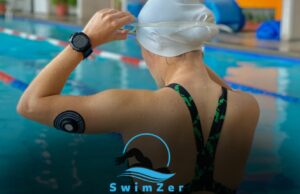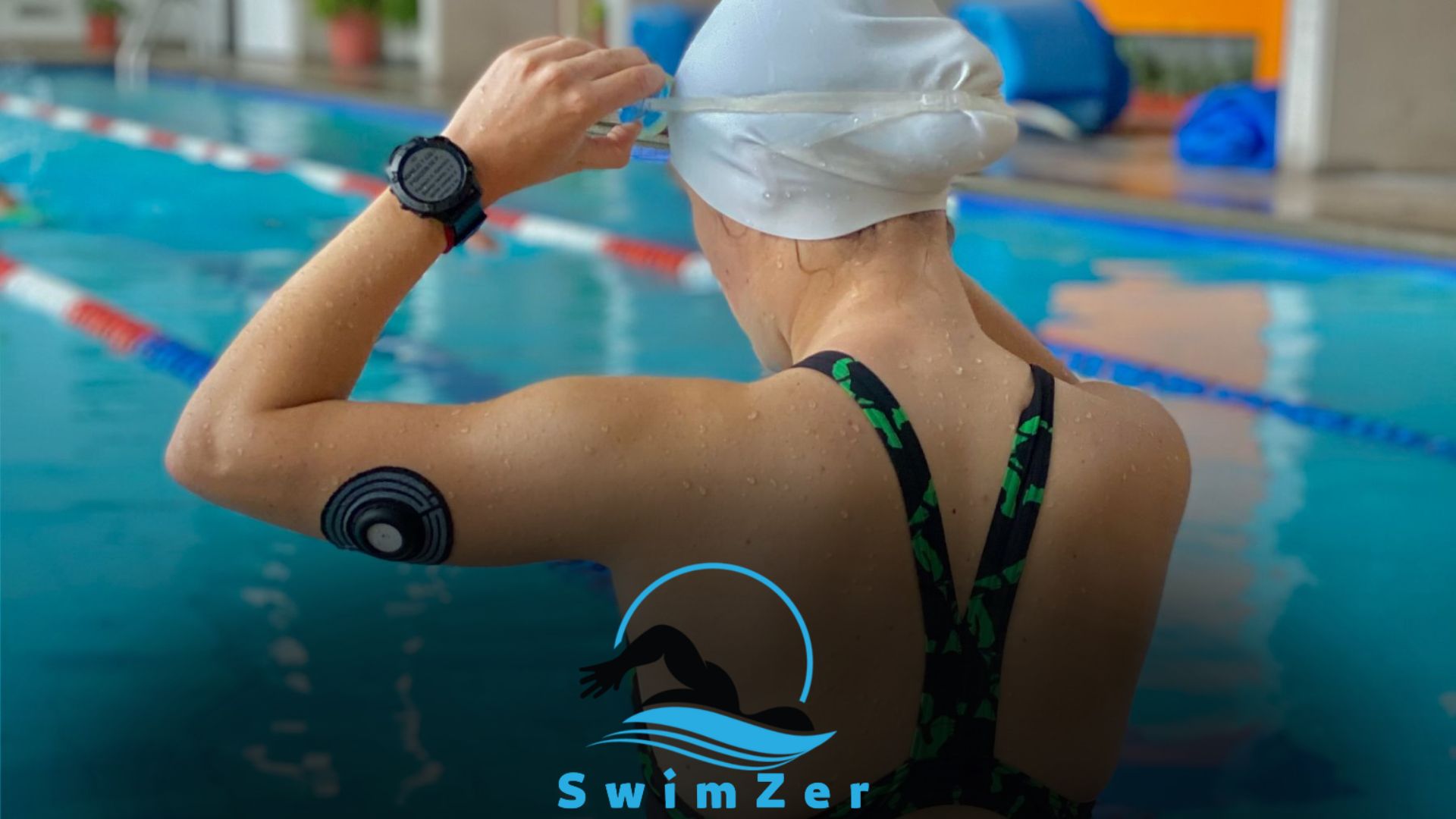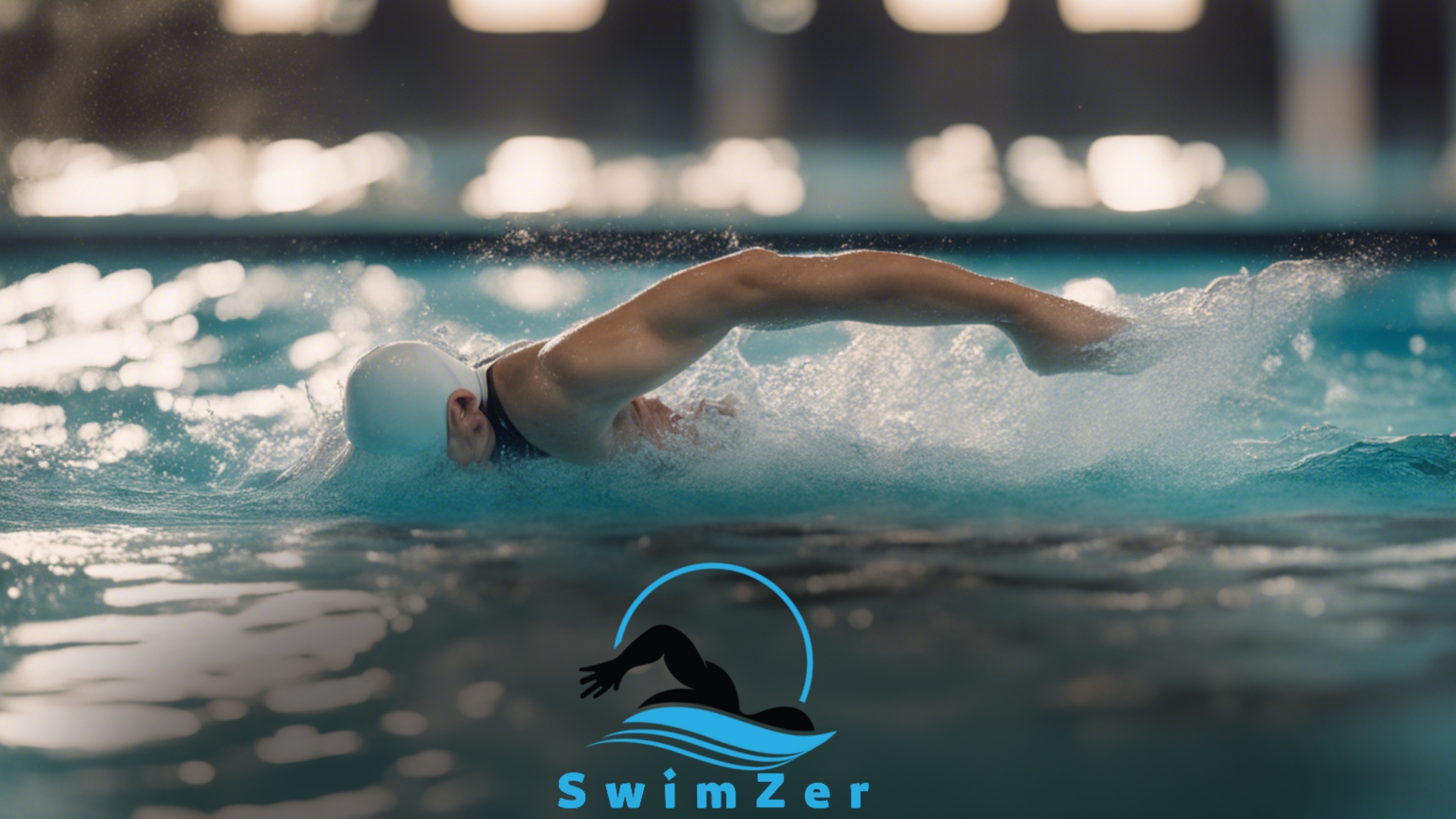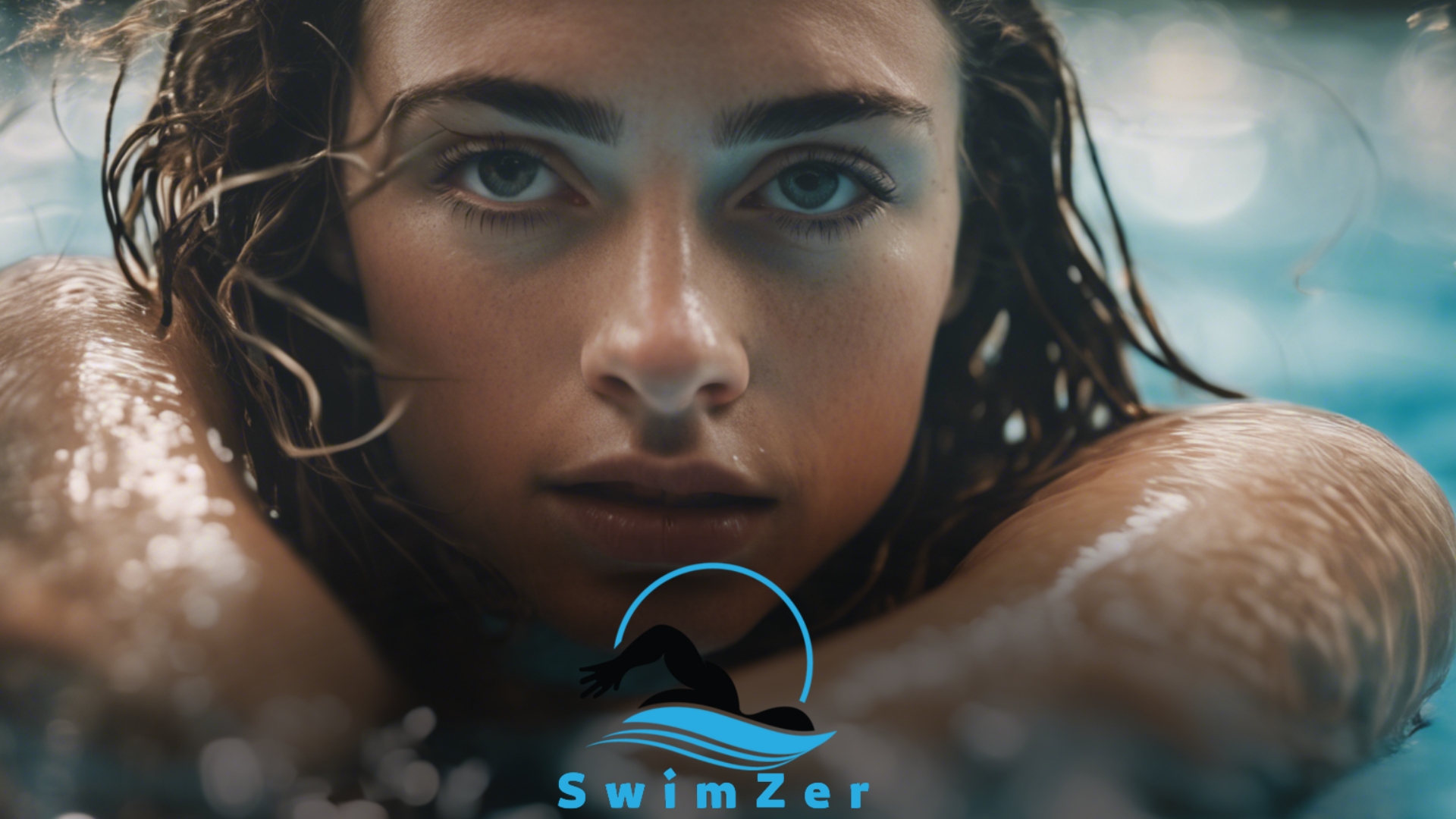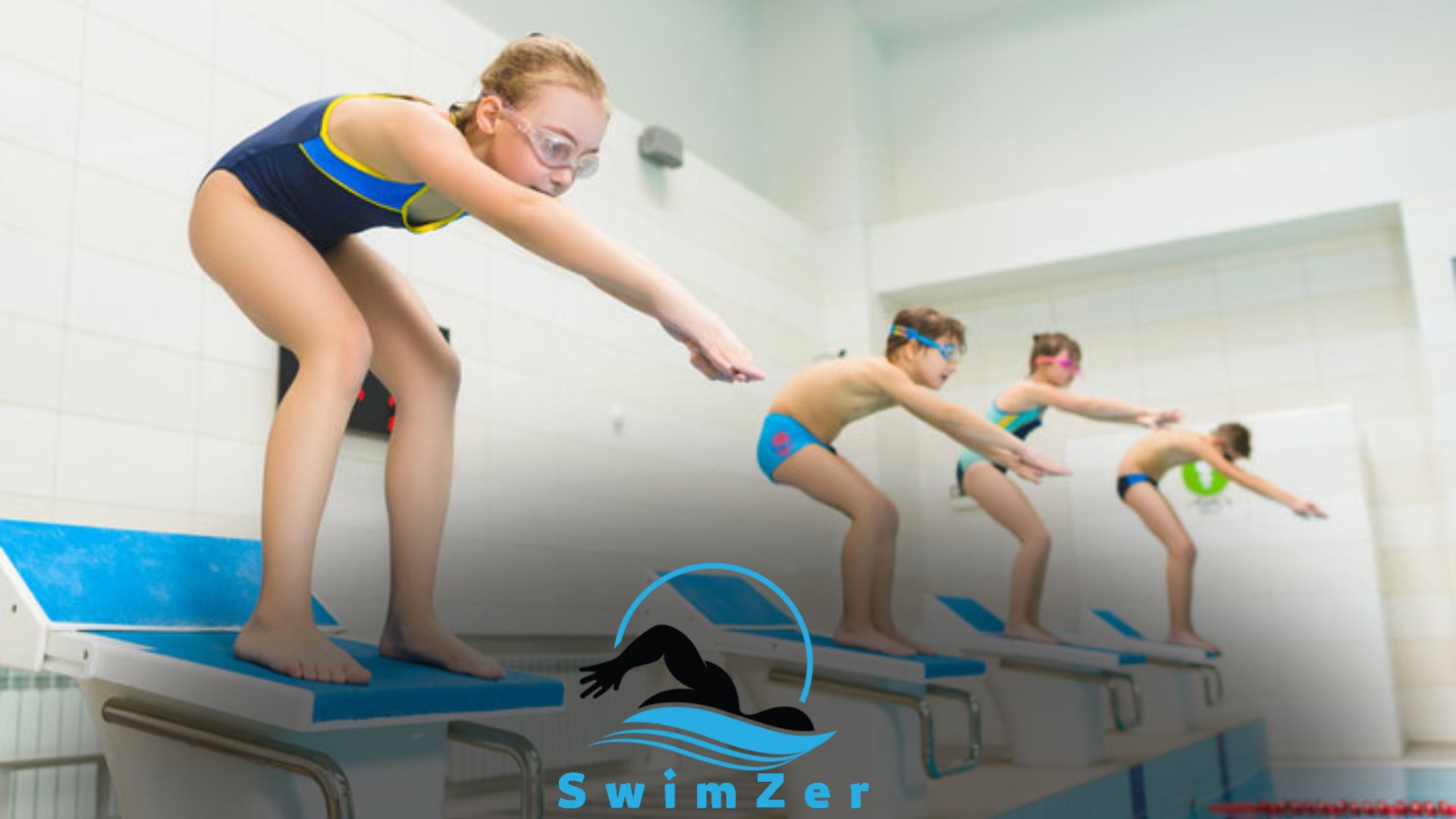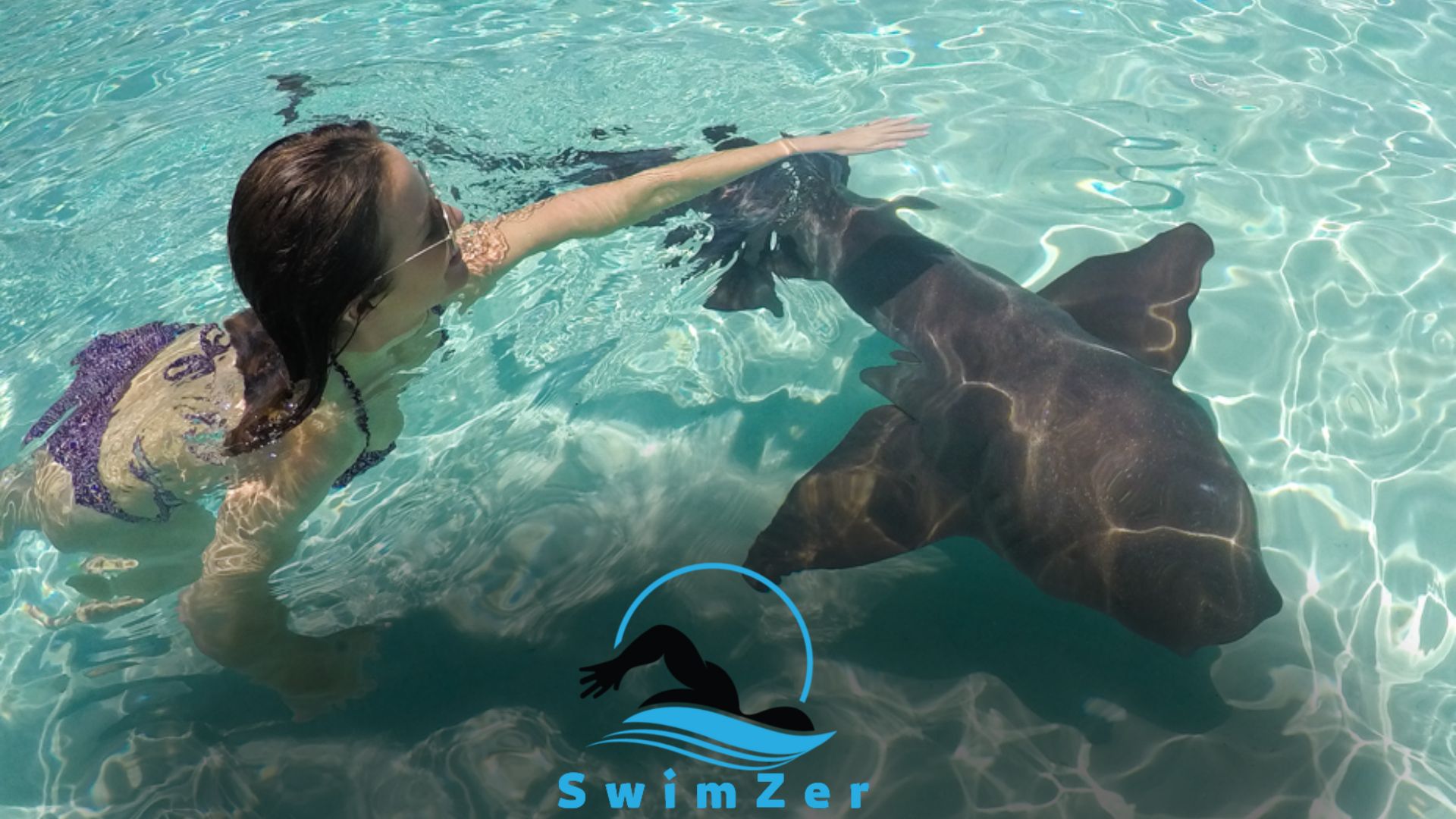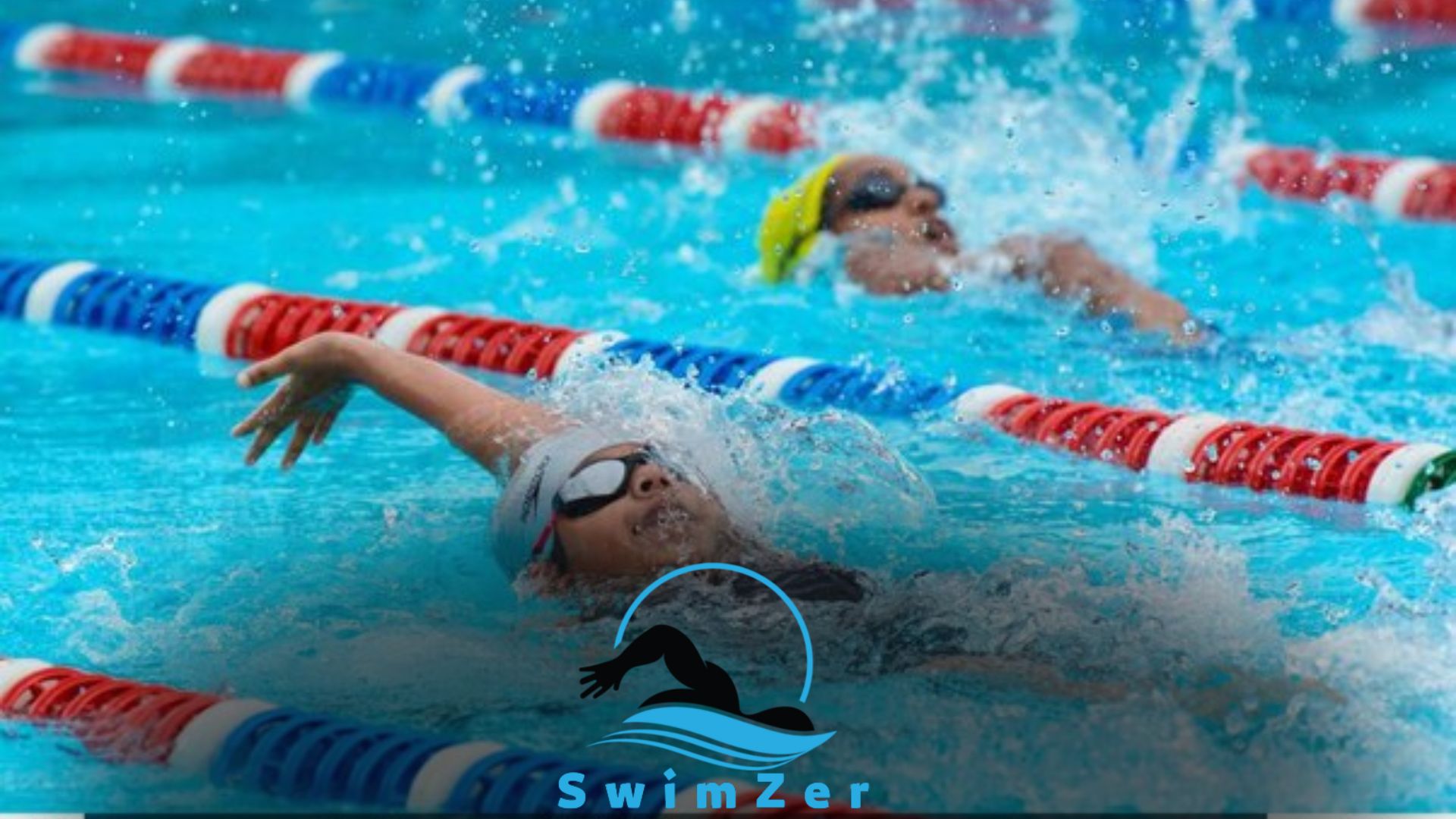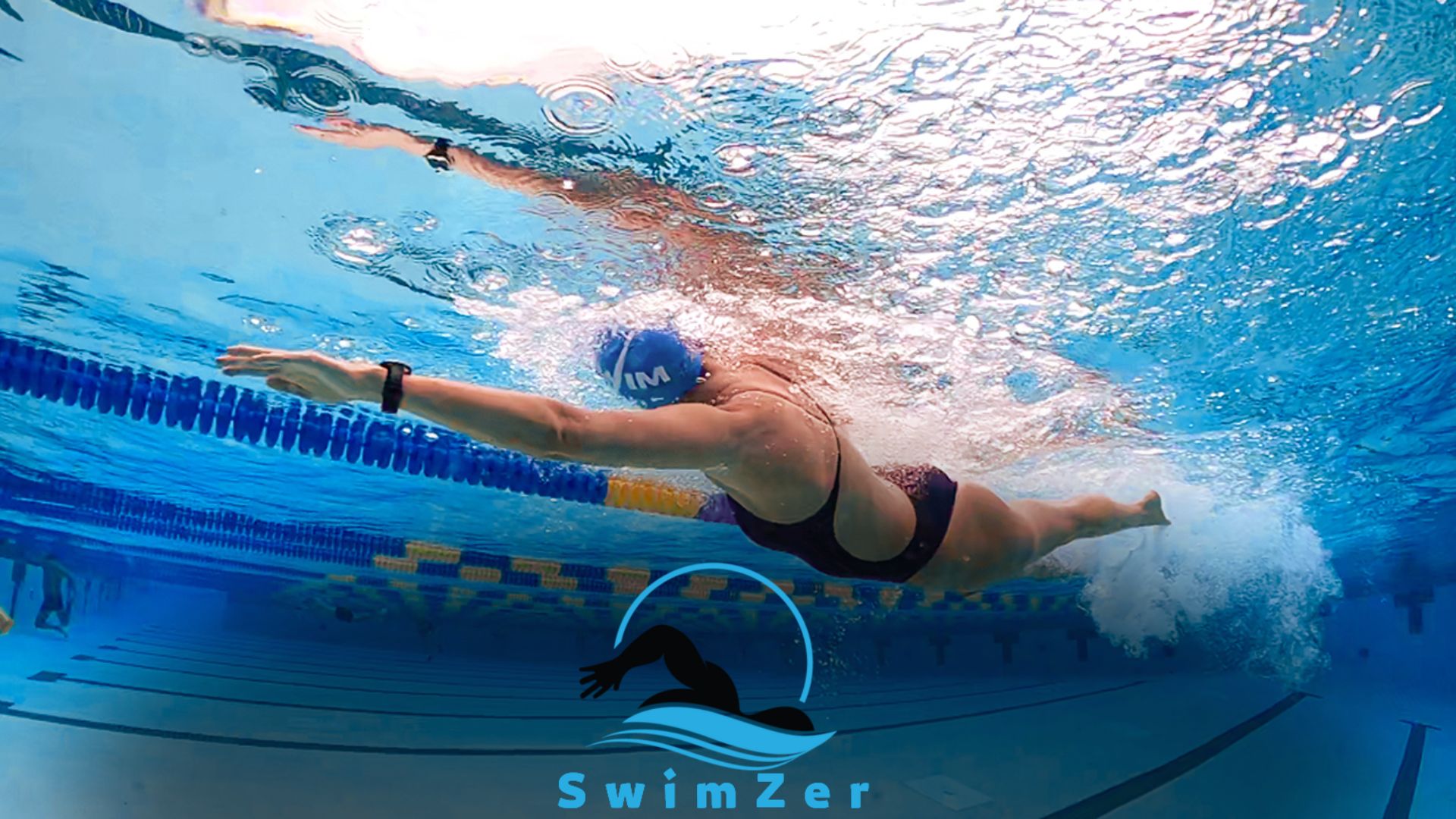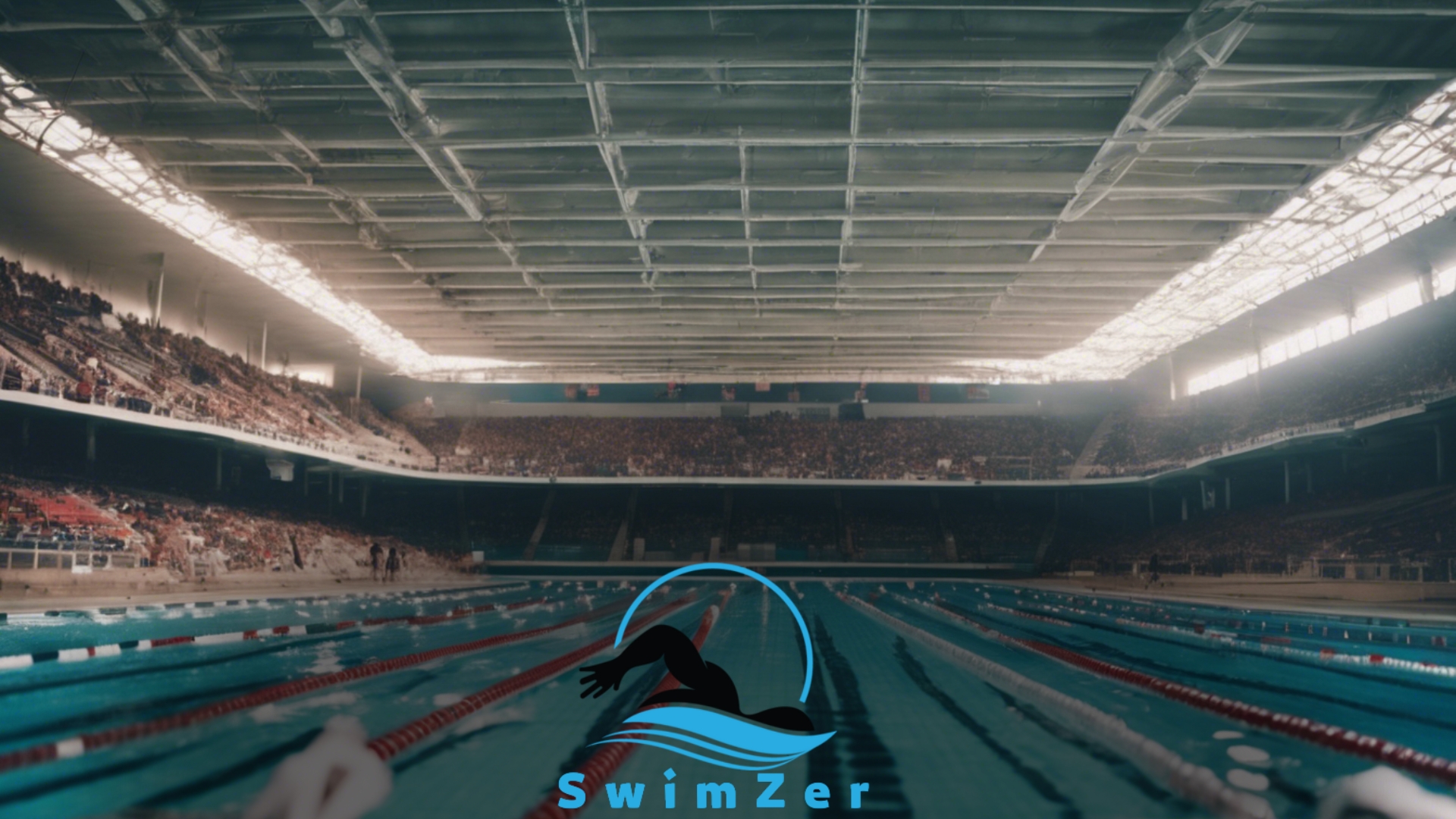To prepare for open water swimming, focus on building your endurance and practicing in similar conditions. In open-water swimming, it is essential to strengthen your stamina and acclimatize to the environment to perform efficiently.
Planning for Open Water Swimming
Planning for an open-water swimming event involves several key steps.
First, it is crucial to research the swimming location thoroughly. This includes studying the weather conditions and understanding the water conditions.
By doing so, you can ensure that you are well-prepared and able to adapt to any changes.
Additionally, it is important to identify any potential hazards or challenges that may arise during the swim. This can include researching the presence of marine life, currents, and other safety measures that should be taken.
By carefully planning and preparing for open water swimming, you can maximize your enjoyment and ensure a safe and successful experience.
Gear and Equipment for Open Water Swimming
Preparing for open water swimming requires the right gear and equipment. Choosing an appropriate wetsuit is essential. Select goggles and a swim cap that fits well.
Optional equipment like buoyancy aids or safety devices may be considered. Proper gear helps optimize the swimming experience and ensures safety in open water.
Choose quality products that enhance performance. It’s crucial to be comfortable and protected while swimming in various conditions. Before starting open-water swimming, invest time in selecting the right gear to make the experience enjoyable and safe.
Training for Open Water Swimming
Preparing for open water swimming requires specific training to build endurance and stamina. Incorporating exercises that challenge both cardiovascular fitness and muscular strength is crucial.
Additionally, practicing sighting techniques is essential to navigate in open water. This involves regularly lifting the head to check the direction and adjusting the swim stroke accordingly.
To simulate open water conditions, you can utilize a pool by incorporating interval training, such as swimming in a zigzag pattern or incorporating unpredictable water currents.
This helps to develop adaptability and confidence in unfamiliar water settings. Remember to gradually increase your swimming distances and incorporate rest days to avoid overtraining.
You can develop the necessary skills and endurance to excel in open-water swimming with consistent training and practice.
Nutrition and Hydration for Open Water Swimmers
Preparing for open-water swimming requires careful attention to nutrition and hydration. Maintaining a balanced diet is crucial, ensuring your body gets nutrients.
Staying properly hydrated is key, both before, during, and after swimming. This helps to prevent dehydration and maintain optimal performance.
Fueling your body with appropriate snacks and drinks is essential, providing energy and replenishing electrolytes. Choose snacks rich in carbohydrates and protein to fuel your muscles.
Opt for hydrating drinks like water and sports drinks to maintain hydration levels. Following these guidelines allows open-water swimmers to optimize their performance and improve their overall swimming experience.
So, remember to eat well and stay hydrated to excel in this exhilarating sport. Preparation is just the first step; effective training is crucial. Dive into our Training Techniques for Open Water for a comprehensive approach.
Safety Measures During Open Water Swimming
Open-water swimming can be an exhilarating experience. Still, it’s important to prioritize safety. Swimming with a partner or in groups is a crucial safety measure that ensures someone is there to help in an emergency.
Additionally, it’s vital to understand and follow local rules and regulations to avoid potential risks.
Practicing self-rescue techniques is also recommended, as it empowers swimmers to handle challenging situations. Awareness of one’s abilities and limitations and staying within them is key.
By taking these safety measures seriously, open water swimming can be enjoyed to the fullest while minimizing the potential risks.
Acclimatizing to Open Water
Acclimatizing open water means gradually adapting to colder water temperatures. It involves familiarizing oneself with swimming in open water and exposing yourself to different conditions and swimming scenarios.
Open water swimming brings new challenges, such as dealing with colder temperatures than swimming in a pool.
To prepare for this, slowly acclimate yourself to colder water temperatures. Begin with shorter swims in open water and gradually increase the distance and duration.
This will help your body adjust to the colder temperatures gradually. Additionally, consider practicing in different weather conditions, as the water can be rough and choppy in open water.
Familiarize yourself with proper breathing techniques and practice sighting to help navigate open water. The key is to expose yourself to different situations and build confidence through consistent practice.
By following these steps, you’ll be well-prepared for open-water swimming. Before you embark on your open-water swimming adventure, ensure you know the Safety Measures in Cold Open Waters.
Strategies for Open Water Race Preparation
Strategies for open-water race preparation include visualizing the race course, practicing race starts and finishes, and enhancing race-specific techniques.
It’s important to stay motivated and positive throughout the preparation process. Seeking guidance from experienced open-water swimmers can provide valuable insights.
Celebrate milestones and personal achievements along the way to keep the motivation high. Taking part in organized open-water swimming events allows for the practical application of the preparation.
By following these strategies, swimmers can effectively prepare for open water races and improve their performance. Stay updated on your performance and progress in open waters. Learn how Apple Watch Monitors Your Open Water Swims.
Frequently Asked Questions
How Can I Prepare for Open Water Swimming?
Practice in a pool to build endurance and technique to prepare for open-water swimming. Gradually transition to open water, acclimatize to the conditions, stay aware of your surroundings, and always swim with a buddy or in organized events.
What Safety Precautions Should I Take for Open-water Swimming?
When swimming in open water, always wear a brightly colored swim cap, use a safety buoy, swim parallel to the shore, follow local rules and regulations, stay hydrated, and be mindful of any sudden changes in weather or water conditions.
What Equipment Do I Need for Open-water Swimming?
For open-water swimming, you’ll need a wetsuit or swimsuit specifically designed for open water, goggles, a brightly colored swim cap, earplugs, sunscreen, a safety buoy, and a whistle for emergencies.
How Should I Acclimatize to the Conditions in Open Water?
To acclimatize to the conditions in open water, gradually increase the duration and distance of your swims. Practice in different temperatures, currents, and wave conditions to adapt to the challenges you may encounter during open-water swimming.
Are There Any Specific Training Drills for Open-water Swimming?
Yes, several training drills can help improve your open-water swimming skills, such as bilateral breathing, sighting drills, beach starts and exits, drafting, and practicing in different open-water environments to simulate race conditions.
Conclusion
Open water swimming can be a thrilling and rewarding experience for both beginners and experienced swimmers. By following the right steps and taking necessary precautions, you can prepare yourself for a successful and enjoyable swim.
Start by building your endurance and confidence through regular pool training sessions, incorporating drills that simulate open water conditions.
Familiarize yourself with the open water environment by researching the location, studying the water conditions, and practicing in similar conditions if possible.
Don’t forget to invest in the right gear, such as a well-fitting wetsuit and goggles. Prioritize safety by swimming with a buddy or in a group, and always let someone on land know your plans.
Lastly, stay positive and be patient as you adapt to the challenges of open-water swimming. Embrace the excitement and beauty of nature as you embark on your open-water swimming journey.
Remember, practice makes perfect, so never stop seeking opportunities to improve and enjoy the incredible sport of open-water swimming!

